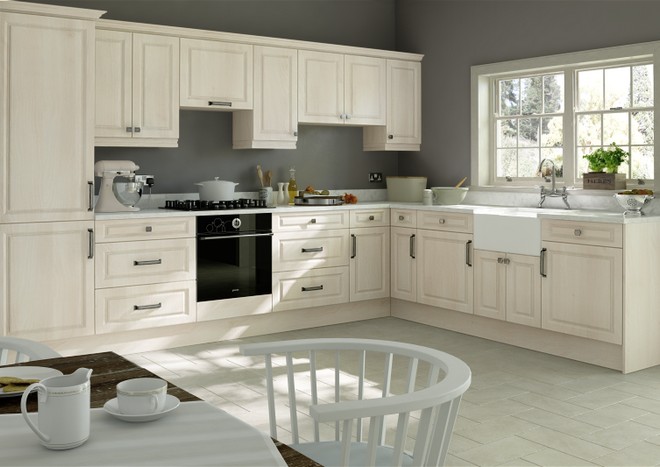Being environmentally friendly is becoming increasingly important to the average family nowadays especially at home and especially in the kitchen. Reducing your negative impact can be difficult. Here, we explore some ways you can not only be kinder to the environment, but also save yourself a lot of money, so a win in both situations.
Kitchen appliances account for a huge 40% of the total electricity used in your home. Therefore, if you can implement some of these methods you are on a sure fire route to penny saving, which when utilities are increasing in cost by the day, can only be a positive thing.
If you are looking to replace any of your larger kitchen appliances anytime soon, always opt for the energy efficient models as these do all of the hard work for you and will ultimately still save you cash for the entire period you own it. Also, it helps to consider the EU energy rating, you should be aiming to purchase either an A category or even A+ or A++.
If buying a new appliance isn’t realistic for you right now then here are a few things you can alter or check, to ensure they are performing economically.
Starting off with your fridge, this should be set between 3 and 5 degrees. Any cooler than that is a complete waste of energy, however cool you like your beer, as temperatures below 3 degrees can actually cause damage to your food.
Similarly, your freezer should be at -18 degrees and kept as full as possible. This isn’t an excuse to go and fill your freezer with pizza, if you don’t want to fill it with food, use ice packs. This may sound unnecessary, but the less cold air that escapes when you open the door, the better as the warmer external air then will take energy to be re-cooled when you close the door. Another recommended tip is to defrost your freezer every 6 months to enable it to function properly. Another breakthrough in technology means you can buy self-defrosting freezers now, so when you decide to replace your current chiller, go for this variety.
Next u is your washing machine. The much documented ‘wash at 30’ campaign, is still very relevant. Washing at 30 degrees instead of 40 degrees makes a huge difference financially, saving up to 40% energy. That is going to equate to a lot of money indeed!
When you switch on the tumble dryer to help you dry your many loads of washing you are roughly costing yourself 60p per use. That’s a lot of money for an average family of four who do four or five loads of washing and drying per week. Consider whether you can dry naturally outdoors, or alternatively use the heat you have already paid for to heat your home.
The more commonly known tips are to switch to LED lighting, rather than pricey regular bulbs. Only run the dishwasher when it’s completely full. It’s also worth noting the ‘quickwash’ setting is the priciest, so stick to the normal cycles.


